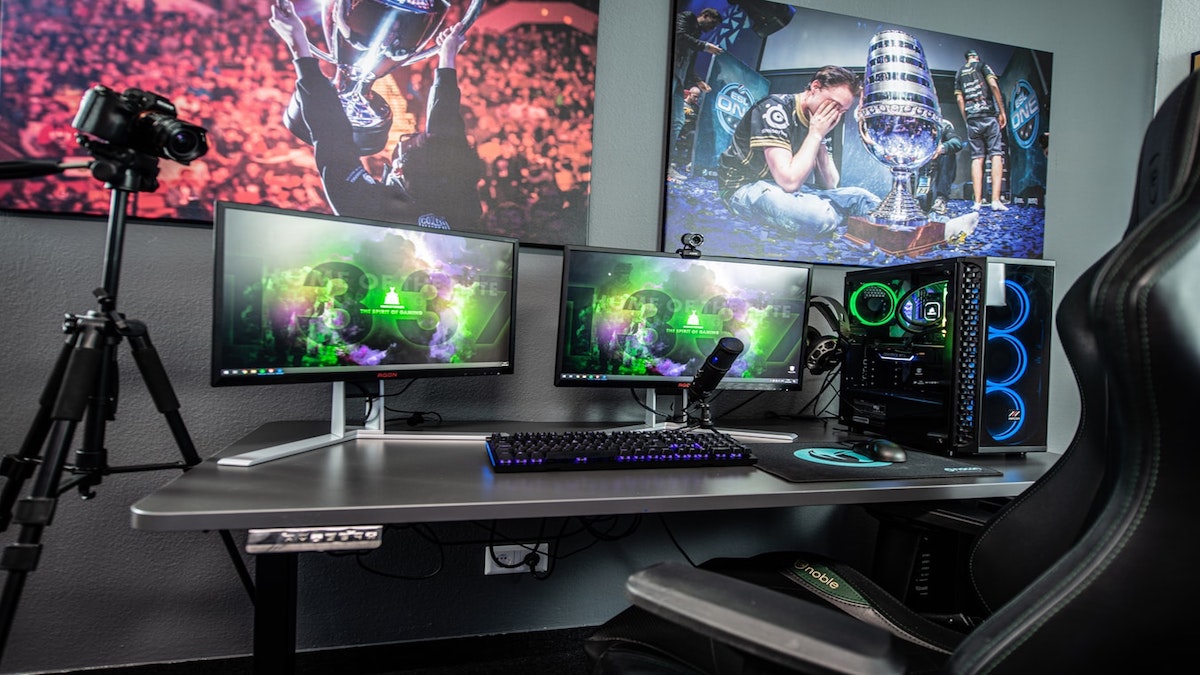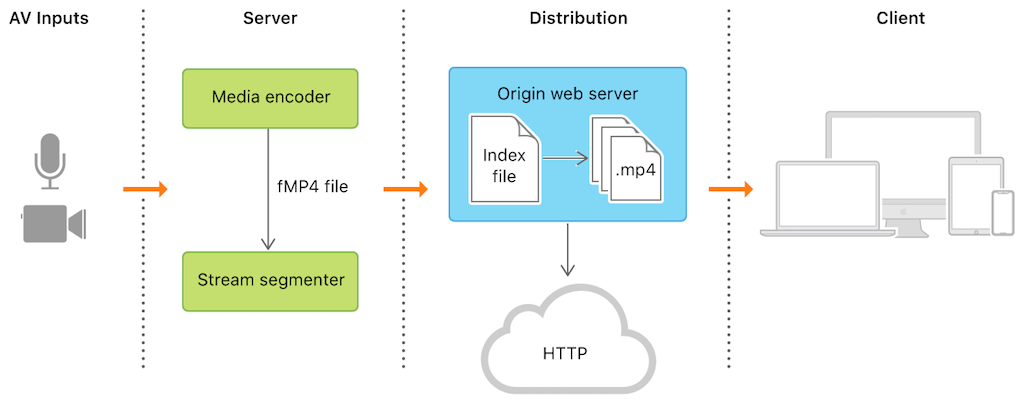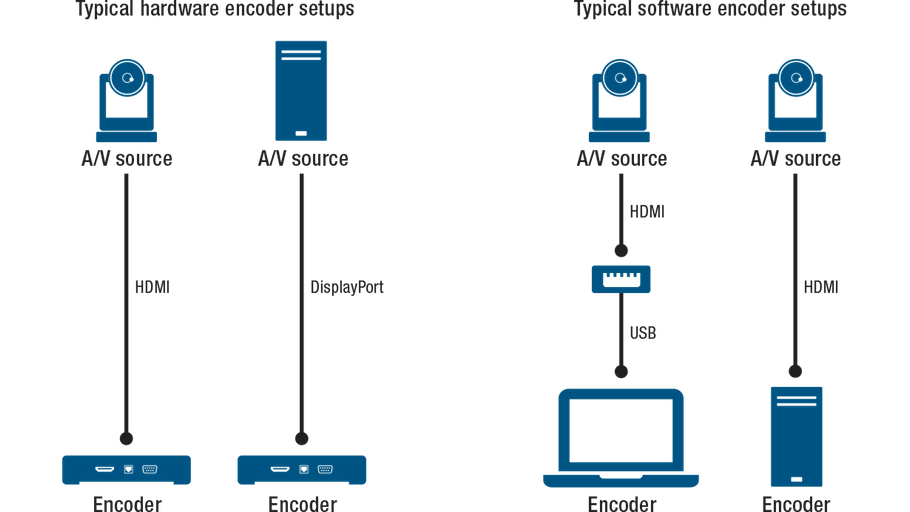
Live Streaming and Everything You Should Know
Tags: best video for live streaming • can live streaming be recorded • live streaming • live video streaming tools • video live streaming in android • video live streaming platforms
Streaming, in a layman terms, refers to delivering media content (audio/video) to any net enabled devices and the media can be played again and again anytime. Streaming live refers to streaming a function, event or just about anything you want to share with the world in real-time.
“Going live” or streaming live on Facebook or YouTube has become so common these days that people don’t think about the efforts and infrastructure that goes into creating live streaming possible.
Gone are the days where people would visit places, take snaps and when they come back home, develop the camera roll to share where all they visited and what all they did.
Next came a time where smartphones and digital cameras replaced traditional cameras and instead of developing camera rolls, they would just show snap on their phones or cameras.
With more advancement in technology, came an era where smartphones and digital cameras became internet enabled so that sharing of activities became real-time.
You would see people going live from just about any place they want to share with the world. Having a mobile phone with a high-resol camera has made this so easy and effortless.
But have you ever stopped and wondered how “live streaming” happens and the technology behind it?
What is video live streaming?
Live streaming basically is a technology process that lets you share events in real-time with your friends, viewers, or audience no matter where they are. They need an internet connection to watch the event live on the internet enabled devices. It’s like watching the live broadcast of an event on TV.
As the event is real-time, unlike video recording, it cannot be edited and streamed later. So, there is no chance of editing or pausing the live streaming.
What is the difference between Live Streaming Vs Video Conferencing?
Live streaming as explained above is broadcasting an event in real-time and the audience doesn’t have much control over it. Usually, the live streaming is on platforms like Facebook, Twitter, YouTube, or your own website.
Video conferencing, on the other hand, is usually broadcasted within a private group and each member has control over the broadcasting and each one of them is the participant. Thus videoconferencing is a multi-way interaction process.
Zoom, Google Hangout, Skype, WebEx, Microsoft Team, or Facebook messenger are popular video conferencing platforms.
Both livestreaming and videoconferencing allow for interaction in real-time with technology limitations which is out of the preview of this post.
Equipment for live streaming and video conferencing may be the same but the quality and the goal of these tools are different.
There are video live streaming cameras too available. In fact most of digital cameras are internet enabled to instantly share videos and images live.
How live video streaming works?

You may have live stream yourself or an event you attend but have you wondered what technology makes streaming video live possible?
Live video streaming is a very technical process, and setting up a streaming server of your own requires the knowledge of how video compression, encoding, decoding, caching, and video playback works among other server end technical processes.
The live video streaming architecture consists of following components:
- AV Input (Mobile/Camera/Computer)
- Server (Encoding/Decoding)
- Distribution (Over Internet)
- Client / Device (Mobile/Laptop/Tablet etc)
The live video streaming starts with camera or mobile capturing the live event and transferring the video data computing device (laptop/mobile with the broadcasting software such as OBS/Streamlabs OBS etc) to which the mobile/camera is connection for live capturing.
Open Broadcaster Software (OBS) is a free and open-source cross-platform software for video streaming and recording live events. One can also use Streamlabs OBS, XSplit, and other popular video live streaming and game broadcasting softwares.
The computing device/software compresses and encodes the captured video data. The encoding is a process where compressing and changing the format of raw video content to a digital file or format occurs, making the video content compatible on different devices and platforms.

Video encoding is important as it help transmit video content over the internet easily. During the process of encoding, extra information from the video data is removed making the content or data packets easy to transfer over the internet.
This way less bandwidth is used during live streaming. People wondering how much bandwidth does live streaming use would have got their answer now.
The video encoder can be a hardware device or a software program. There are many live video streaming encoder softwares available free as well as paid / licensed version that can be used for video encoding.

There are many ways in which live streaming can be achieved. Set up your own live streaming linux server or subscribe to third party live streaming services (Vimeo, Twitch etc) or set-up your RTMP server and use third party for live streaming purposes. This saves the headache of media encoding, decoding, or saves bandwidth of your server.
Microsoft Azure managed service or using AWS Media Services, one can set up live streaming as these servers along with required architecture does the heavy lifting and back-end processing of the live media streaming. Both these services are highly adoptive for your live streaming needs.
There are other service providers such as Digital Ocean (Cloud servers on which you can install live streaming applications e.g. Ant Media server), Ant Media Server (it is a streaming engine software) which you can install on cloud servers such as AWS, Google cloud etc and set-up your streaming server.
Here is how one can use video live streaming services from Ant media to set-up a streaming server on Google cloud. Having your own high quality live video streaming server on cloud can be pretty expensive unless you do it no so frequently.
Setting up your own high quality video live streaming platform make sense if you are a event management firm who live streams events regularly, or a news portal who wants to live stream their news items every day. Number of concurrent views watching your live stream, duration of the live streaming, quality of video encoding decides the cost of live streaming.
How did you achieve your live streaming needs? We would love to hear from you for the benefit of our team and our readers.
 Previous Post
Previous Post Next Post
Next Post
